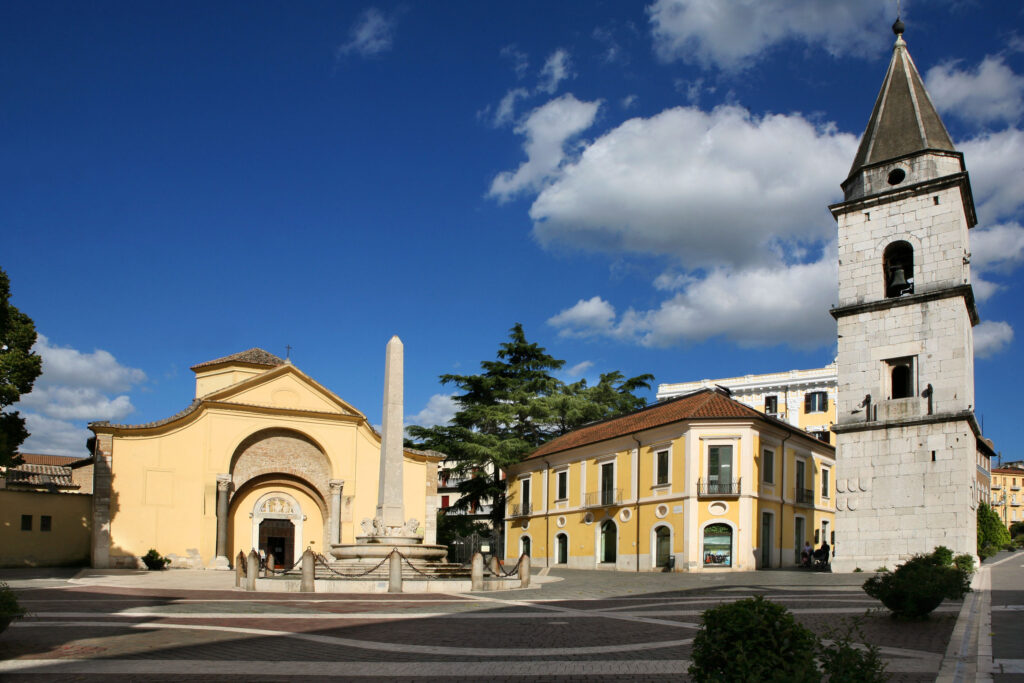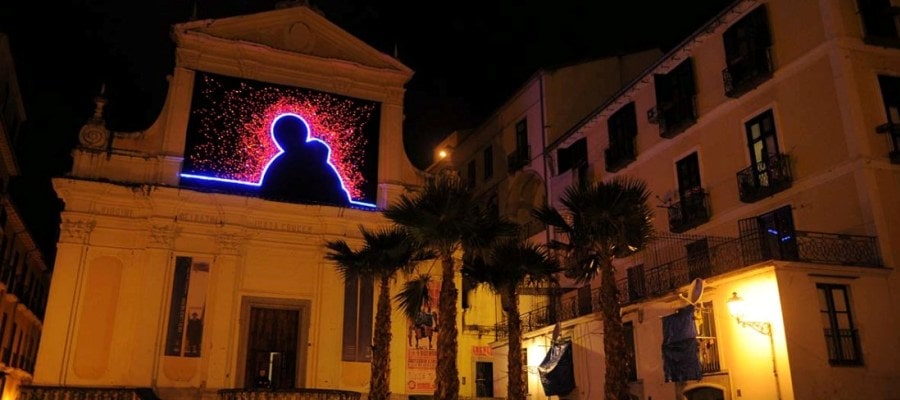Complex of Santa Sofia: what to see and why?
GRAND TOUR BLOG | 11 December 2020


Complex of Santa Sofia: what to see and why?

In Benevento it is worth visiting the complex of Santa Sofia
Il complex of Santa Sofia is a wonderful work that belongs to Langobardia Minor. It is a well-preserved structure that includes over the church, also the monastery, the fontana and the campanile.
From the 2011 was nominated by Unesco World Heritage Site.
The history of the Santa Sofia complex
In 762, Arechi II, Duke of Benevento, he had the church built but his purpose was to build other monuments as well.
Among other things, the Church takes its name from that of Constantinople, also dedicated to Santa Sofia, la this Wisdom.
In 774, it hosted the Lombards who took refuge there because of the defeat and became national temple. Moreover, always Arechi II, he also built the female monastery.
The former monastery over time
The convent returned to shine from the 12th century, when the abbot John IV the Grammarian, made it one of the most important of’ southern Italy.
The structure was rebuilt in 1119, after the earthquake of 986, and the Romanesque bell tower and the porch at the entrance were added. Its greatness remained so until 1595: afterwards, the Benedictine friars, they abandoned him.
The cloister it has a quadrangular plan in a Romanesque-Arab structure: there are therefore four lights, a three-light window with a capital in the center. Inside there are the works of the monks: “Master of Dragons“, “Master of the months” e “Master of the elephant ride“.
The former monastery, Now, is the seat of Sannio Museum in which archaeological finds are preserved and in which there is also a picture gallery with paintings from the sixteenth to the eighteenth century.

The bell tower of the Church of Santa Sofia
The bell tower located in the square in front of it is also part of the Church of Santa Sofia: after the earthquake of 1688 was rebuilt, in 1703, but in a different position from the original.
The original bell tower was built by Gregory II (abbot of the Church of Santa Sofia in the period between 1038 and the 1056) in the year one thousand: today it stands where the garden and the convent used to be.
But it was also deemed unnecessary and, in 1915, he risked being shot down.
Fortunately, it still exists and now, on its bell tower, there are the coats of arms of those who dominated Benevento.

Benevento
The fountain of the Church of Santa Sofia
The fountain, which has a circular tank, was made in 1806, When Talleyrand (Prince of Benevento), he wanted to restore the most important monuments of the city.
The idea was conceived by Louis de Beer (governor): it was designed by the architect Nicola Colle De Vita.
More recent, its construction dates back to 1806 When Talleyrand, Prince of Benevento, he proposed to restore the most important monuments of the city. The conception of the fountain is due to Governor Louis de Beer who wanted to clear the area in front of the church, to host the work. Fu l’Architect Nicola Colle De Vita who designed the fountain, consisting of a circular tank.



